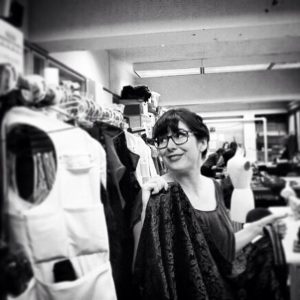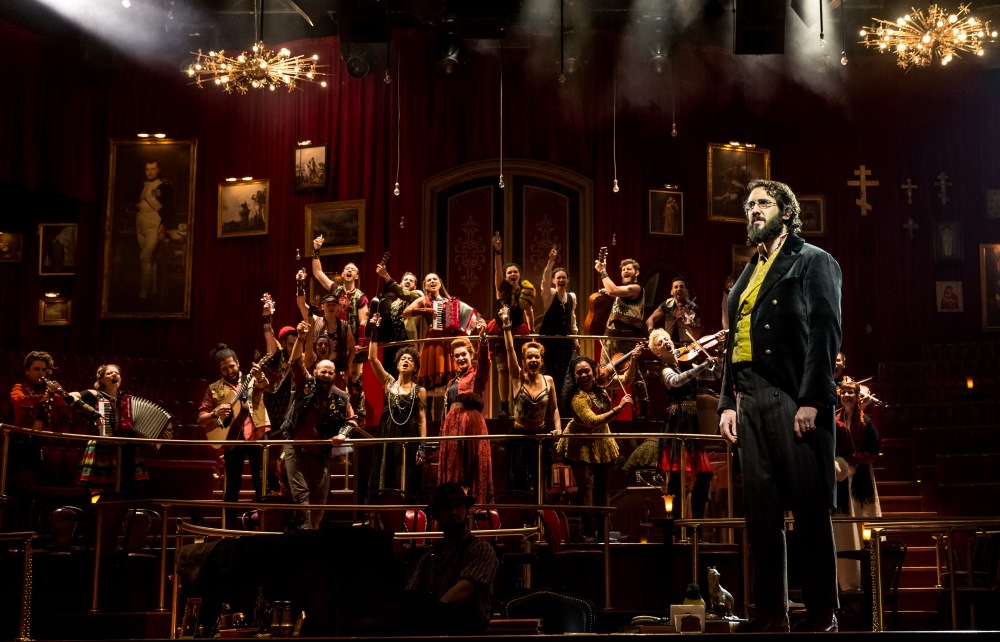It’s been a long journey to Broadway for Dave Malloy’s Natasha, Pierre & The Great Comet of 1812. The War and Peace-inspired musical began in the basement of Off-Broadway’s Ars Nova in 2012 before traveling to a tent in New York City’s Meatpacking District, then to American Repertory Theater in Cambridge, Mass., and finally to the Imperial Theatre. Many cast members have changed, but most of the creative team—including scenic designer Mimi Lien and director Rachel Chavkin—have remained. Costume designer Paloma Young is among them. Below she explains how she was inspired by to create her period-spanning costumes.

“Our principals should feel as if they’ve stepped out from one of the many 19th-century portraits lining the walls of the opulent set. Pierre’s look is a homage to Tolstoy and his celebration of the Russian common folk (and distaste for the aristocracy). The trend of wearing embroidered peasant shirts with Western-style suiting actually appeared much later in the 19th century, but it was a detail I fell in love with, to help connect Pierre with our folk chorus, and make him feel slightly out of place with the other high-society characters.
“Anachronism is much louder and direct in the ensemble costuming. Punk might seem like an odd inspiration for a 19th-century story, but to Rachel Chavkin and me, the choice was so obvious. What do you get when you combine extreme teenage joy and misery (Natasha) with deep, deep philosophical depression (Pierre) and military and religious iconography (uniforms, camouflage, bullets, crosses and more crosses)? Punk rock!
“It was really important for the chorus to be a bridge to our outermost sphere: the audience. No matter where you sit, you’ll always be part of the stage picture yourself. Even though their costumes are brighter, wilder, ‘performative,’ each ensemble look is rooted in authentic subcultures and is collaged together from real clothes. It’s vintage, thrift, Macy’s, and H&M mixed together with crude patches and irreverent T-shirts. The chorus costumes truly capture the joy and energy of the score, and the principal looks center the emotional depth of the story and the characters.”








